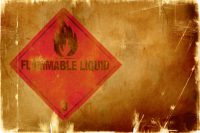Educating Tenants about Energy Efficiency
Educating Tenants about Energy Efficiency – A Win-Win In the commercial real estate sector, the disconnect between building owners and tenants can slow the switch to energy efficiency. According to the Environmental Protection Agency’s (EPA’s) Energy Star® program, a significant portion of a building’s energy use is under the direct or indirect control of the […]










